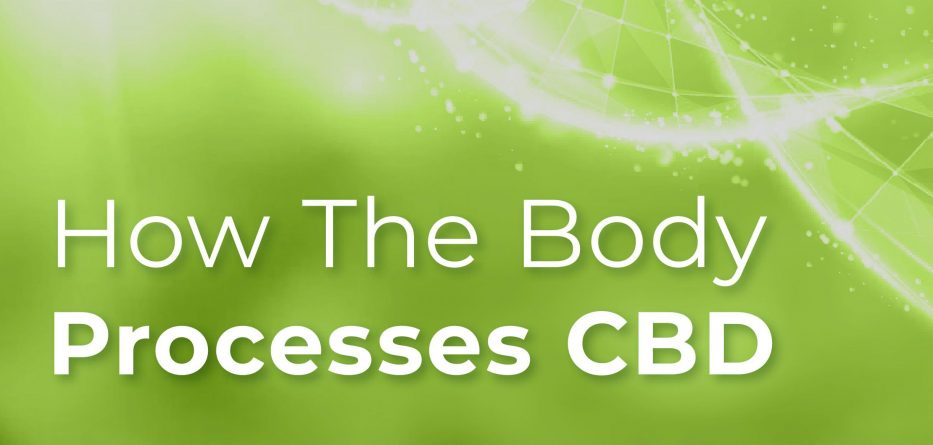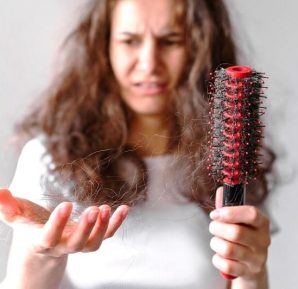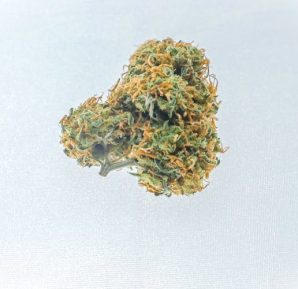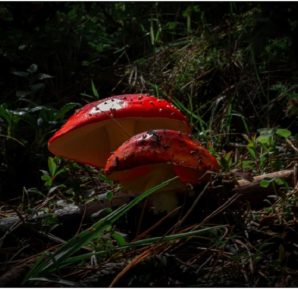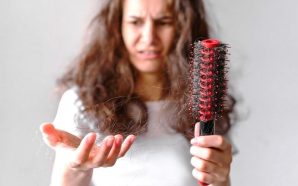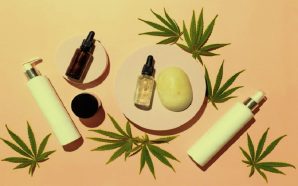CBD products are, at the moment, fashionable. However, while fashion is sometimes temporary, the widely varied potential health benefits of CBD suggest that it is unlikely to become anyone’s avocado green refrigerator.
With the rise in interest comes a surge in available products — and questions. Smart consumers want to know what CBD is, how it works, and the best way to access its benefits before they invest in an infused workout recovery powder, nasal spray, or, ahem, personal lubricant.
(Really. If you thought your choices were gummies or oils, you’ve come to the right place.)
The Science
Cannabidiol (CBD) is one of 120 cannabinoids found in cannabis plants. Unlike THC, another well-known cannabinoid, it has no psychoactive effects. In fact, marijuana and hemp plants are distinguished from each other by their THC levels. Hemp, the plant from which most CBD is extracted, is by legal definition a cannabis plant containing 0.3% or less THC, while marijuana plants can contain 12% THC and up.
The Endocannabinoid System (ECS) is made up of at least two — and perhaps more — types of cannabinoid receptors. These receptors are found in essentially all tissues in all vertebrates.
The body produces endogenous cannabinoids, which attach to the known cannabinoid receptors. THC attaches to CB1 receptors. CBD is believed to boost the performance of endogenous cannabinoids in CB1 and CB2 receptors, and perhaps interact more directly with GPR55, which research suggests is the third cannabinoid receptor.
What does all this attaching accomplish? In a word, homeostasis — which is to say, the stabilization of the self-regulating process that maintains a balance between different functions within the body.
For example, CBD is believed to weaken the activity of the enzyme known as fatty acid amide hydrolase (FAAH). FAAH breaks down an endogenous cannabinoid, anandamide, known as the “bliss molecule” for its ability to bind to CB1 receptors and positively impact mood, memory, brain function, and pain. CBD lets the bliss molecule do its job.
CBD also binds to certain protein receptors that are partially responsible for regulating temperature, pain, and inflammation — hence, CBD’s popularity as a topical.
In short, by helping to optimize the performance of the ECS, CBD has been shown to help:
- Regulate appetite
- Control seizures
- Treat depression and post-traumatic stress disorder (PTSD)
- Treat anxiety
- Control migraines
- Reduce nausea
- Diminish movement disorders
The Options
Every state in the union save Idaho has legalized the use of medical CBD products. Because of its widespread availability and low incidence of mild side effects, it has found advocates touting its use for a range of issues, in a wide variety of delivery systems. These include CBD products ingested orally, through the lungs, or topically.
Many consumers’ primary concern is bioavailability — which means the proportion of CBD that gets into your bloodstream. If that’s the goal, smoking is the way to go, as bioavailability from that method hovers around 30%, while edibles dip to around 6%.
However, each ingestion method has plusses and minuses.

Oral: This is the most common method, with a dizzying array of products. Edibles, oils — which can also be found in topical solutions — and tinctures all fall into this category. CBD taken this way is metabolized by the liver before entering the bloodstream. This “first-pass effect” diminishes the number of cannabinoids absorbed into the bloodstream.
- Edibles run the gamut from gummies to hard candies to chocolate and more (popcorn, hummus, mac ‘n cheese, cooking oil, peanut butter and cereal are among the available CBD-infused options). While they are the least effectively absorbed into the bloodstream, research indicates that the effects produced by edibles, while taking longer to be felt, may last longer once they arrive.
- Tinctures are often confused with oils, which is understandable given they are often packaged similarly and the terms are, incorrectly, used interchangeably. They aren’t the same. Tinctures involve the use of alcohol to extract CBD from the cannabis plant and in the finished product, so if you’re avoiding alcohol, avoid tinctures. Moreover, because tinctures frequently contain upward of 60% alcohol, they often contain additional sweeteners and flavoring. On the plus side, because tinctures are taken sublingually (under the tongue), they are quickly and efficiently absorbed. They can also be added to food or drinks for oral ingestion.
- Oils cheat the first-pass effect by blending CBD extract with a fatty acid. While carrier oils such as coconut oil effectively bypass the first-pass effect to aid CBD absorption, oils usually take a bit longer than tinctures to have an effect. It is somewhere in the neighborhood of one to two hours.
Inhalants: Here we have two fast delivery methods — vaping and smoking. The effects arrive in as little as 15 minutes, which you can’t beat with an IV drip. However, smoking is still smoking. The vaping experience can be negatively impacted by everything from shoddy equipment to improperly constituted vape juices.
- Vaping, indeed, uses a product more akin to juice than what most refer to as “vape oil.” It is usually made with food-grade products, and you should never try to vape a CBD tincture or oil. While vaporizing has an advantage over smoking in that you’re able to access more of the product you purchase, the jury is still out on pulmonary impact.
- Smoking CBD flower literally burns up some of the product you’re trying to ingest. Moreover, there are concerns about long-term effects on the lungs.
Topicals: Anything you can think of regarding skincare — moisturizers, bath bombs, massage oil, deodorants, and more — have been formulated to include CBD. The skin has several cannabinoid receptors, so CBD topical products are considered effective for targeted relief. Use liberally, as the skin has low permeability and absorption rate.
The Warning
The profusion of CBD products and their inconsistent regulation mean you should exercise caution regarding the purchase and use of such goods.
Some products may have little or no CBD. Some could contain unwanted THC or, worse, toxic ingredients such as heavy metals.
At the minimum, closely follow dosage recommendations. Preferably, use with a doctor’s supervision. Whenever possible, purchase from state-regulated facilities and programs. For more information on how the body processes CBD, see the accompanying resource.
Michael Barnes is the founder and CEO of 420DC, a cannabis marketing platform in Washington, D.C. He has 15-plus years of experience in marketing as well as the cannabis industry.




